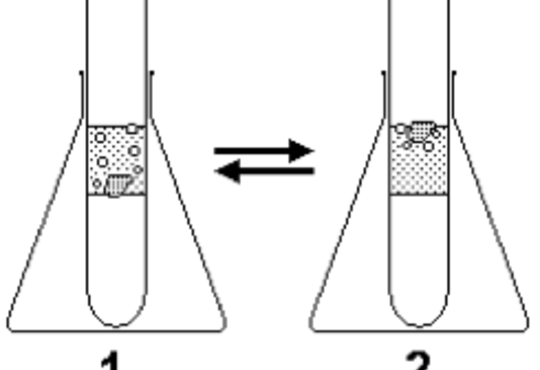- RE: "Some do's and don'ts of chemistry tests" by Kristine Quinlan and Andrew Dicks, May 2015, Chem 13 News
I agree with the exam writing advice presented by the authors: simply diving into multiple-choice questions may not be the best course of action. My students experience greater success by reading all of the short answer and lab-based questions before they begin the multiple choice. Sometimes in spite of the best efforts of the teacher(s), a student can find a clue or an inspiration for a solution to a short answer question in the multiple-choice.
Makes sense when you think about it.
Michael P. Jansen
Crescent School, Toronto ON
- Want to learn more about soap bubbles and bubble-ology (Chem 13 News, April and May 2015)? See my book The Chemistry (and a little Physics) of Soap Bubbles with over 30 years of experience with soap bubbles. This book is freely accessible at www.chymist.com. Learn how to make and evaluate soap solutions, the chemistry and physics of a soap bubble, bubble activities (such as bouncing bubbles and bubble basketball), floating bubbles, long lasting bubbles, bubble shapes — from cubes and tetrahedrons through pentagonal and hexagonal prisms to a dodecahedral bubble — and more.
David A. Katz
Tucson AZ
- RE: “Burning magnesium in a Bunsen flame and other flame experiments” by Yehoshua Sivan, February 2015,
Chem 13 News
 In one of Yehoshua’s demonstrations, an unburned match is thrust into the center of the "cool" (luminous) flame. The part of the match in the center does not ignite while the wood does burn (see diagram).
In one of Yehoshua’s demonstrations, an unburned match is thrust into the center of the "cool" (luminous) flame. The part of the match in the center does not ignite while the wood does burn (see diagram).
I have done a different version on this demonstration as follows with much success:
Adjust the burner to light with a blue flame. Turn the burner off. Place a long straight pin through a paper match just below the match head. Suspend the match head by the pin across the burner top. Centre the match head. Relight the burner. The match head is surrounded by flame but does not burn. The magician David Copperfield as part of his repertoire will stand on the top centre of a giant burner and have the burner lit. Of course he does not burn up. He is in the unburned gas zone.
In addition, students can then readjust the burner to light with a yellow flame. Set a match with a pin in it as before on the burner. Light the burner. What happens this time? Why? With the air holes pretty much obstructed, the gas is burning in contact with the air across the mouth of the burner — so the match ignites.
Then have the students light a candle and carefully observe the flame’s colours. Why does the candle’s flame have different colour zones? The blue at the bottom is complete combustion of the wax as air is drawn into the flame. As oxygen in the air is used up, incomplete combustion occurs and the candle flame becomes yellow to orange from the glow of suspended carbon particles. The transparent region around the wick is unburned wax vapour.
Light a match, carefully blow the candle out and place the burning match into the smoke above the candle. What happens?
The candle will relight as the smoke made of wax particles suspended in air re-ignites, flashes down to the candlewick and reignites the candle.
Discussion questions
- How high above the candle can you repeat this relighting?
- What does this final candle experiment teach you about a fuel suspended in air?
- What will happen if flammable vapours are spreading and meet an ignition source?
- What will happen if a finely divided fuel — solid, liquid or vapour — is suspended in air and meets an ignition source?
- How must flammable liquids be stored? Why?
- When working with flammable liquids why must the container be closed immediately after taking the quantity needed?
Andy Cherkas (retired)
Stouffville ON







